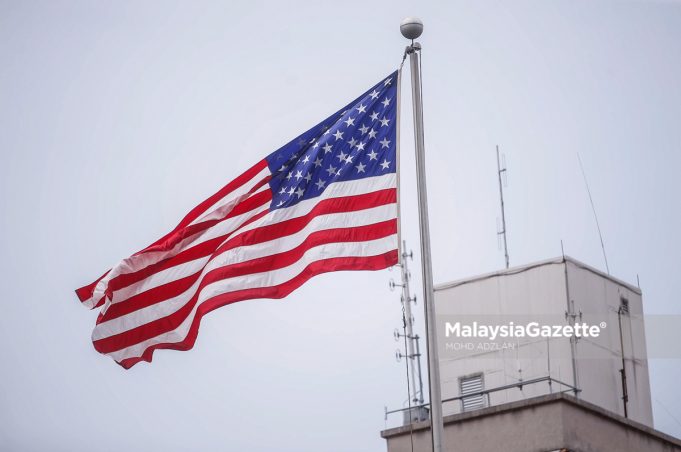On April 2, 2025, Donald Trump delivered an hour-long speech declaring that the United States would remember this day as “Liberation Day”, marking a pivotal moment in reclaiming its “destiny.” This announcement came just days before a universal 10% tariff on all imports into the U.S., set to take effect on April 5. Additionally, around 60 countries—including Malaysia—will face even steeper tariffs starting April 9.
For those familiar with U.S. history, Trump’s rhetoric about reclaiming “destiny” echoes the ideology of Manifest Destiny, the 19th-century belief that white Americans were divinely ordained to settle and dominate the continent. By framing this as a day of “Liberation” and a reclaimed “destiny,” Trump is essentially asserting that the U.S. is divinely entitled to dictate global affairs, regardless of international norms.
The Long-Term Strategy Behind Liberation Day
While Trump framed the new tariffs as “kind” and reciprocal, aimed at countering the “injustice” the U.S. has suffered at the hands of both allies and adversaries, a deeper strategy may be at play. The move appears to be designed to revitalize American industry and prepare the country for a larger geopolitical role, one that it used to have.
What does Trump gain from antagonizing the world when global leaders have warned that these tariffs could lead to U.S. isolation? Perhaps isolationism is exactly what the U.S. needs in these turbulent economic times.
Historically, during the Great Depression, the Soviet Union remained largely unaffected due to its economic isolation. While the global economy collapsed, the USSR’s self-sufficient system allowed it to continue growing, fueled by massive investment in heavy industry. In just a few decades, the Soviet Union transformed from a poor agrarian society into a global nuclear superpower, demonstrating the potential of economic independence along with diverting its neighbours resources towards the Soviet economy after World War 2.
From an American perspective, given that the U.S. starts from a far more advanced and modern position than the Soviet Union did, wouldn’t a similar approach allow it to transcend its current economic struggles and supposedly unreliable allies? With the uncertainty of another global collapse and current disagreements between the U.S allies, the U.S perhaps wants no part of it
A Test of U.S. Global Influence
Beyond their economic impact, these tariffs serve as a clear reminder that the U.S. remains determined to shape the global stage—despite the reputational damage it has suffered since the COVID-19 pandemic and the Gaza War crisis.
While many around the world may condemn Washington’s heavy-handed approach, they may also be underestimating the depth of America’s belief that it is destined to assert its dominance on the global stage.
Reshaping Global Industry Around the U.S.
Trump’s speech emphasized not just strengthening domestic heavy industries but also pressuring allies to shift their own industrial resources to American soil. His vision positions the U.S. as the center of every key industry, reducing dependency on foreign supply chains.
Furthermore, by pressuring even its allies—such as Taiwan, Japan, and South Korea—to develop their industries within the U.S., Washington aims to secure a more reliable supply chain for itself. Given concerns that the Indo-Pacific region could become a future conflict zone, the U.S. perhaps sees greater strategic value in transforming these Asian nations into supply hubs under its influence, rather than allowing them to remain part of an independent yet individual supply chain vulnerable to Chinese disruption.
Trump’s behaviour may seem suicidal or even erratic and unpredictable. In his mind, before the U.S. can fulfill its “destiny” as the dominant global leader, it must first resolve its domestic economic vulnerabilities—free from external interference, whether from allies or adversaries.
— Jonathan Yen, BA in Military History, University of Kent

















